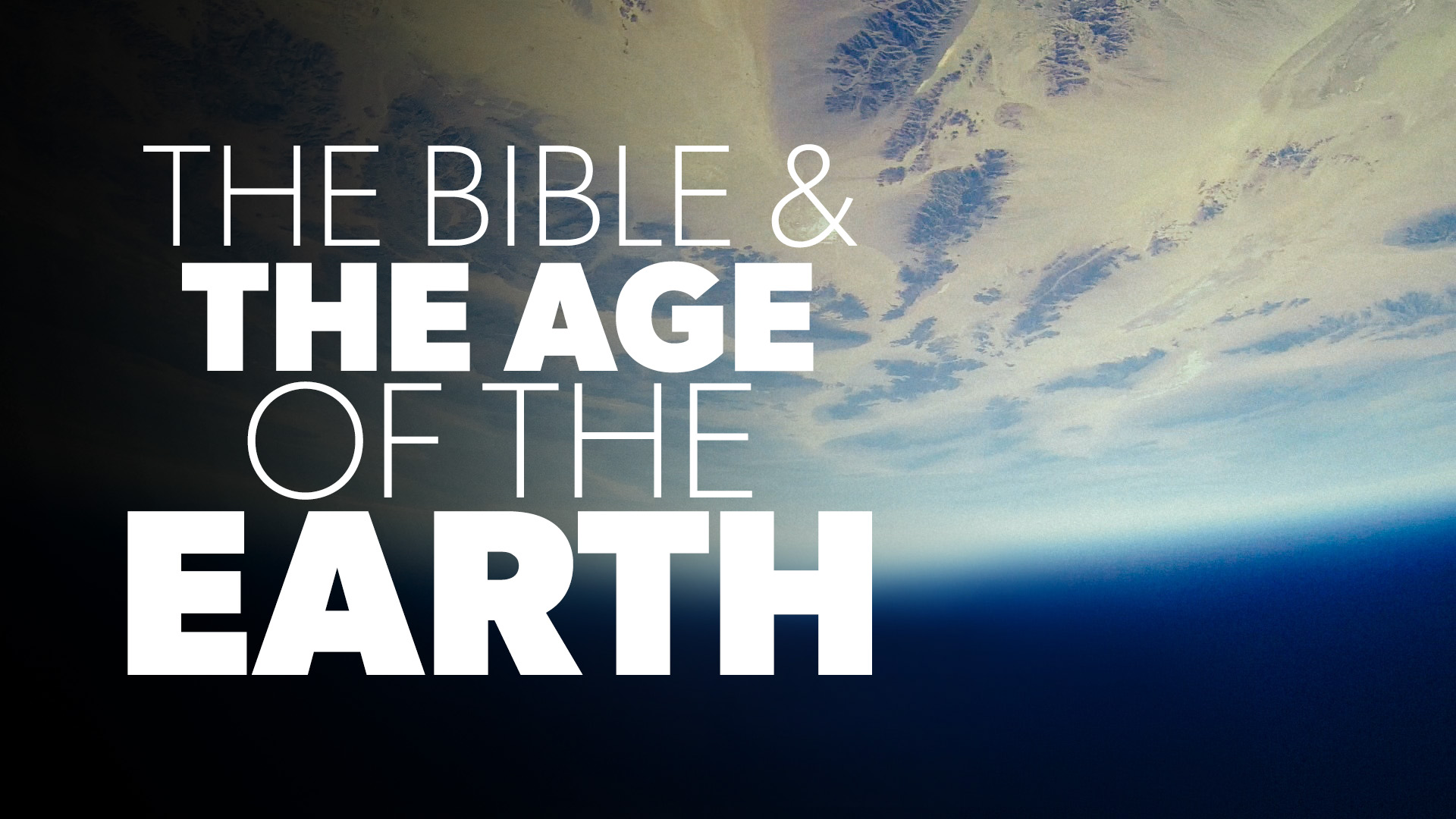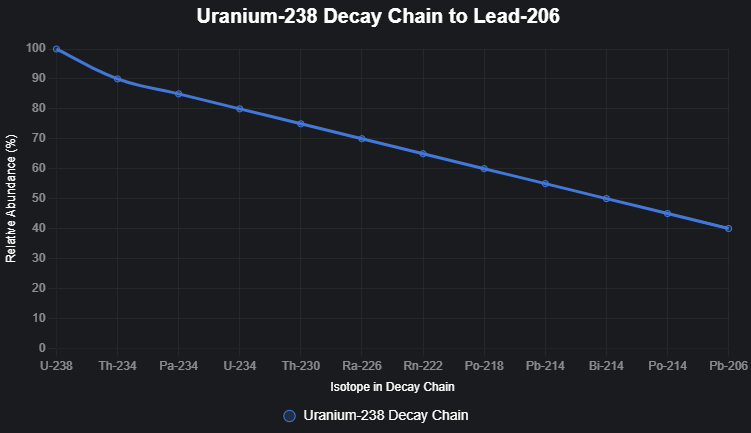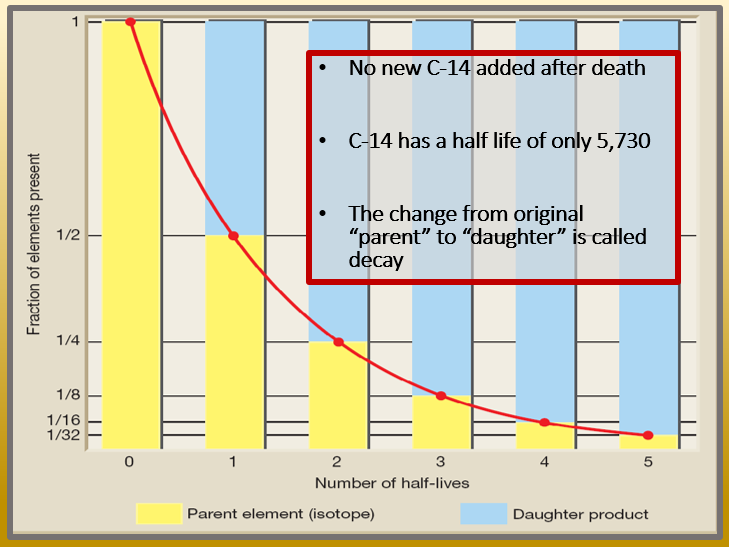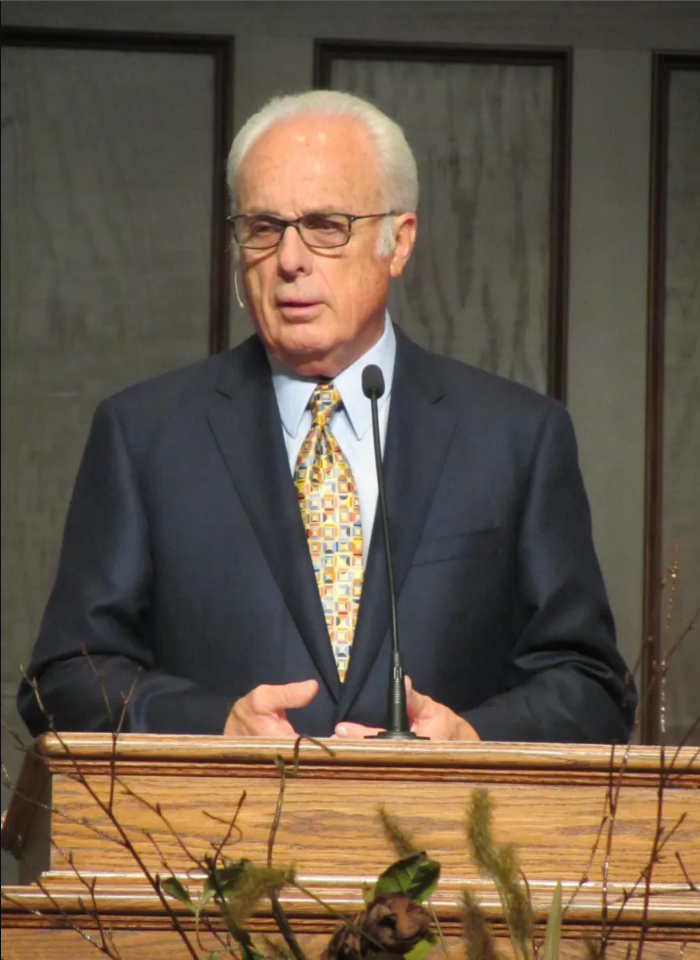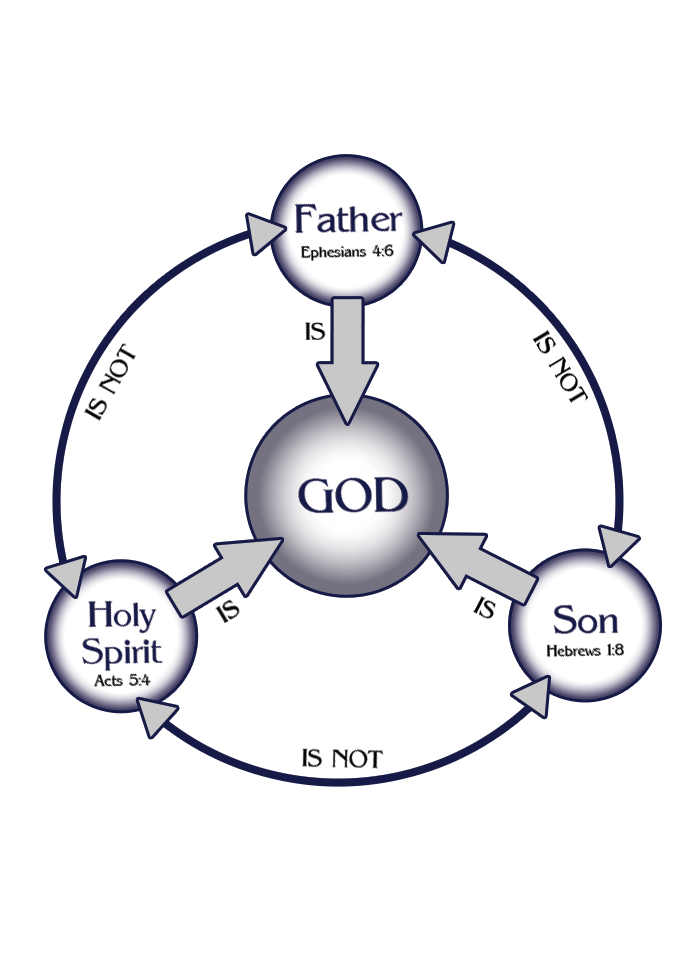Mount St. Helens: A Catastrophic Wake-Up Call for Geology
On May 18, 1980, Mount St. Helens in Washington State unleashed one of the most powerful eruptions in U.S. history. The blast, equivalent to 400 million tons of TNT, flattened forests, reshaped landscapes, and buried regions under ash and debris. While the event captivated the world, it also became a pivotal case study for creation scientists, revealing how rapidly geological and ecological features can form—challenging the slow-and-steady uniformitarian model that underpins secular geology's deep-time narratives.

This article explores three key divergences: the swift carving of canyons, the rapid deposition of layered sediments, and the astonishing speed of ecological rebound. We'll compare data from creationist observations with secular interpretations, highlighting how the latter often overlooks or minimizes evidence that supports a young earth framework.
Rapid Canyon Formation: Days, Not Millions of Years
One of the most striking outcomes was the creation of deep canyons through catastrophic mudflows, not gradual river erosion. On March 19, 1982, a secondary eruption melted snowpack, unleashing a mudflow that carved the "Little Grand Canyon"—a channel up to 140 feet deep and 150 feet wide—in just one day. This feature, about 1/40th the scale of Arizona's Grand Canyon, features meandering paths and amphitheater-like side canyons, mimicking structures secular geologists attribute to eons of slow erosion.
Other examples include Loowit Canyon (over 100 feet deep, cut through hard basalt in months) and Step Canyon (up to 600 feet deep, eroded in the same period). These demonstrate that high-velocity water and debris can sculpt hard rock via processes like cavitation, far faster than uniformitarian models allow.
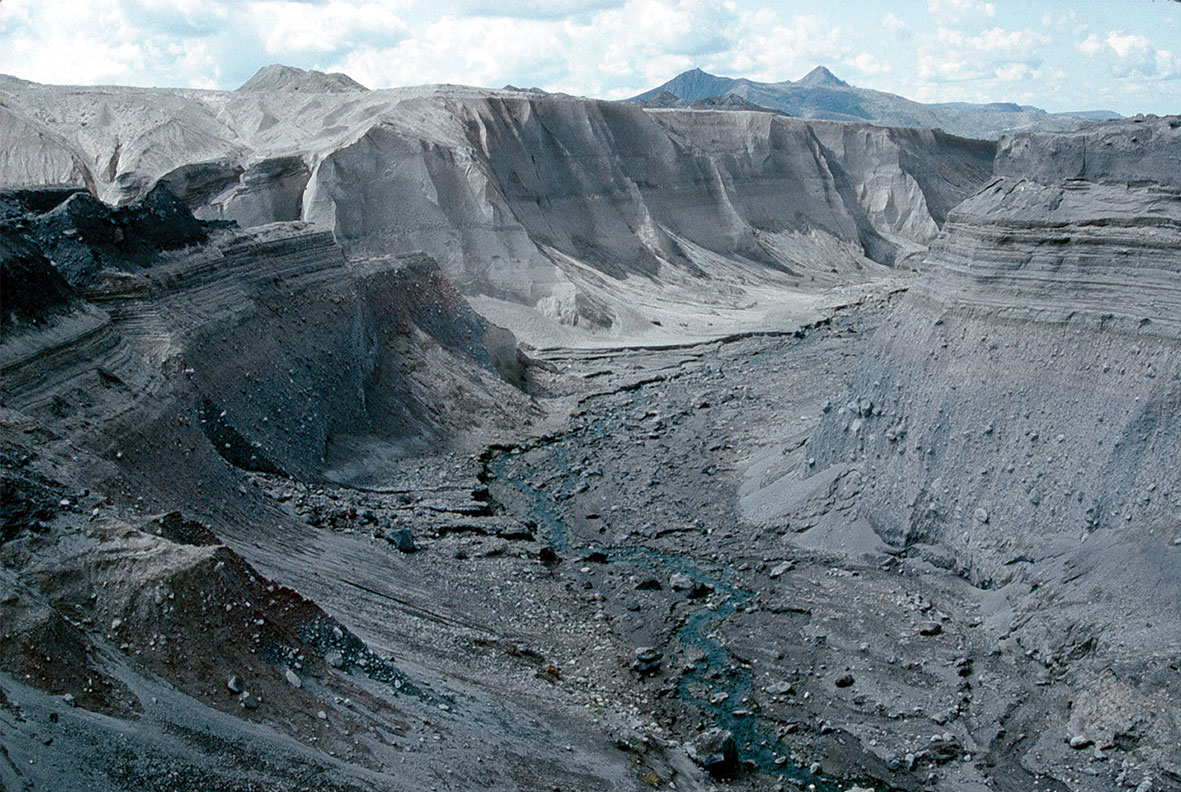
Secular scientists acknowledge the mudflows but frame them as localized anomalies, not paradigm-shifters. USGS reports emphasize volcanology lessons, like flank collapses, without integrating rapid erosion into broader timelines—effectively sidelining data that questions millions-of-years canyon formation.
| Feature |
Creationist Data (Mt. St. Helens) |
Secular Assumption (e.g., Grand Canyon) |
| Depth Reached |
140–600 feet |
Up to 6,000 feet |
| Time Frame |
1 day to months |
5–6 million years |
| Process |
Catastrophic mudflow (40+ mph) |
Gradual river erosion |
| Rock Type |
Soft debris to hard basalt |
Sedimentary layers |
Layered Sediment Deposits: Layers in Hours, Not Ages
The eruption deposited up to 600 feet of sediments, including a 25-foot-thick sequence of finely layered ash beds formed in just three hours on June 12, 1980. Pyroclastic flows at 90 mph sorted materials into thin laminae (alternating coarse and fine bands), cross-bedding, and graded bedding—features identical to those in ancient rock formations like the Grand Canyon's sandstones.
Laboratory tests confirm these layers form from turbulent, high-speed fluids, not slow settling. Yet, uniformitarian geology insists such strata represent seasonal or annual deposits over thousands to millions of years, ignoring rapid analogs like this.

Secular analyses focus on ash distribution and monitoring, rarely addressing how these quick layers undermine deep-time interpretations. This selective emphasis preserves the status quo, even as creationist field studies provide eyewitness-backed evidence.
| Layer Type |
Mt. St. Helens Formation Time |
Secular Estimated Time for Similar Layers |
| Fine Laminae |
Seconds to minutes |
100s of years per layer |
| Graded Bedding |
Hours |
Seasonal cycles over millennia |
| Total Thickness (25 ft) |
3 hours |
Thousands of years |
Quick Ecological Recovery: Life Bounces Back Fast
Post-eruption, Spirit Lake became a natural lab for recovery. Over a million logs floated initially; by 1985, 20,000 upright, rootless ones sank, forming a 3-foot-thick peat layer in five years—mimicking coal beds thought to require millennia. Fungi appeared in weeks, pioneer plants like lupine in months, and pocket gophers accelerated soil turnover, aiding broader regrowth.
By the late 1980s, vegetation patches were visible via satellite, with forests reclaiming areas in decades—far quicker than models predict for post-"millions-of-years" extinctions. This aligns with creationist views of rapid post-Flood recovery, not slow evolutionary adaptation.

Secular ecology notes "biological legacies" like surviving roots aiding rebound but attributes long-term patterns to deep time, dismissing accelerated recovery as exceptional rather than indicative of resilient design. Creationist data, however, shows these "exceptions" mirror biblical catastrophe scales.
Why Secular Science Overlooks This Data
While USGS and others have monitored Mt. St. Helens for 40+ years, advancing volcanology, their reports rarely engage creationist findings. Uniformitarianism remains the lens: rapid events are "anomalies" not redefining history. Yet, ignoring eyewitness-documented rapid processes—like those equating to "millions of years" of work in days—perpetuates a worldview at odds with observable evidence. Creation scientists, drawing from the eruption's real-time lessons, argue these align with a global Flood just thousands of years ago, offering a more coherent explanation for earth's features.
Key Takeaway: Mount St. Helens isn't just a volcanic footnote—it's a living testament to catastrophe's power, urging a reevaluation of geological dogma through the lens of observed reality.
